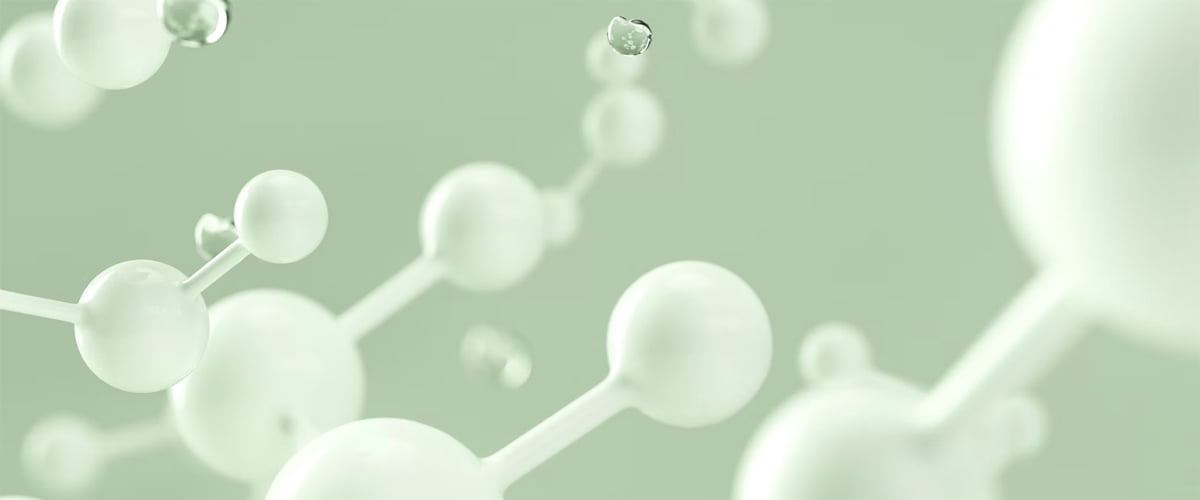Nanotechnology is the science of working with, and manipulating, matter and particles that are smaller than 100 nanometers. This technology has been used to create products such as lasers, transistors, and vaccines. The food industry is an area where nanotechnology is having a major impact and the use of nanoparticles in food has been on the rise. Nanoparticles are made from materials like gold, silver, and titanium dioxide.
Nanoparticles in food products and crops
Some nanoparticles and additives are added directly to food products and get ingested. They are also present in pesticides and other supplements applied to crops. Nanotechnology is being used to create new food additives that improve flavor, texture, and shelf life. Nanoparticles can be used to reduce the size of fat droplets in food products which can make food products look more appealing and reduce the amount of fat that is consumed. Finally, nanoparticles can also be used to improve the texture of food products. For example, they can be used to make ice cream smoother and creamier.
Critics claim that some nanoparticles can cause health problems in humans especially when they are ingested. In July, 2022 a class action suit was filed in U.S. Federal court accusing Mars, Incorporated of concealing information about toxic ingredient found in Skittles candies. The ingredient, called titanium dioxide, is one of the more common nanoparticles used by U.S. food manufacturers. The lawsuit calls the additive “unfit for human consumption”. Titanium dioxide is a legal additive in the the U.S. but has been banned in the EU as a possible carcinogen.
Nanoparticles in food packaging
Nanoparticles are also used in the industry to package food because they are very strong and can protect food from bacteria and pests. They are also effective at keeping food fresh for longer periods of time. Traditionally, packaging has been made from materials like paper and plastic. Nanotechnology can be used to create new types of packaging that are stronger and more durable than traditional materials. It can also be used to create packaging that is less harmful to the environment. For example, nanoparticles can be used to coat packaging materials so that they are less likely to leach chemicals into the food product.
The FDA: nanoparticles are another additive
The U.S. Food and Drug Administration (FDA) does not specifically regulate nanoparticles in food, but they consider nanoparticles to be additives and they do regulate food additives. According to the agency the FDA “regulates nanotechnology products under existing statutory authorities”. Regulators and scientists are still trying to understand all of the risks and benefits of nanoparticles. To date evidence hasn’t yet been presented that is strong enough to convince the FDA to ban industry use of nanoparticles even though their European counterparts have banned some substances. Some studies suggest that nanoparticles can damage cells in the body, while others suggest they may have some beneficial effects.
It’s important not too confuse nanotechnology with nanoparticles. Nanotechnology is a process that involves the manipulation of materials on a scale of 1 to 100 nanometers. Nanoparticles, on the other hand, are just one type of material that can be created through nanotechnology. Even if the future of certain nanoparticles used in the food industry may be uncertain, nanotechnology will remain an important trend and will continue to impact the industry in a variety of ways.

